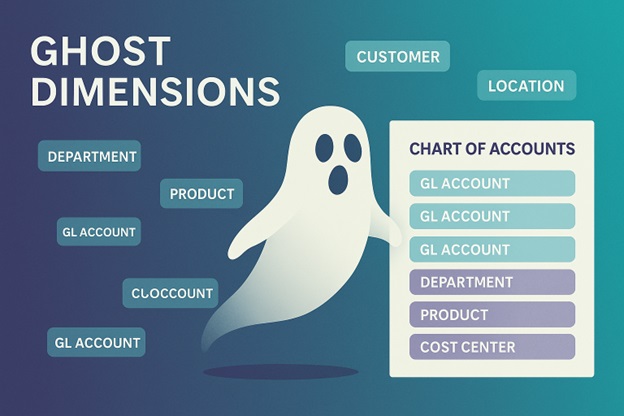Blocked Dimension Not on Transaction? Here’s Why Business Central Still Stops Posting
MSDW Insight: Microsoft MVP and MGC Group founder Cynthia Priebe shares lessons from a real-world chart of accounts redesign that exposed a subtle truth about Business Central’s dimension engine: the system validates not only your current data, but its own history.

Background: A Smarter Chart of Accounts with Dimensions Doing the Heavy Lifting
As part of our client’s financial and reporting transformation, we streamlined the Chart of Accounts (COA) to reduce clutter, simplify financial statements, and make dimensions do more of the analytical work.
The legacy COA had grown to hundreds of profit-and-loss accounts — one for every combination of product, department, and cost center. That approach worked years ago but made reporting inflexible and maintenance intensive. It also encouraged users to create new GL accounts when the data already belonged in a dimension.
The redesigned structure takes a more modern, Business Central–native approach:
- Many detailed P&L accounts were consolidated, with Department, Cost Center, and Product Line dimensions now carrying the analytical load for production and operational reporting.
- Customer and Location-level dimensions were strengthened to support margin analysis, regional reporting, and site-level profitability.
- The system now enforces cleaner data through:
- Dimension Combinations that prevent invalid pairings.
- Consistent Default Dimensions across master data.
- Defined Dimension Priorities to resolve conflicts when multiple defaults exist.
- Value Posting rules at the GL account level to enforce mandatory dimensions.
The ...
FREE Membership Required to View Full Content:
Joining MSDynamicsWorld.com gives you free, unlimited access to news, analysis, white papers, case studies, product brochures, and more. You can also receive periodic email newsletters with the latest relevant articles and content updates.
Learn more about us here